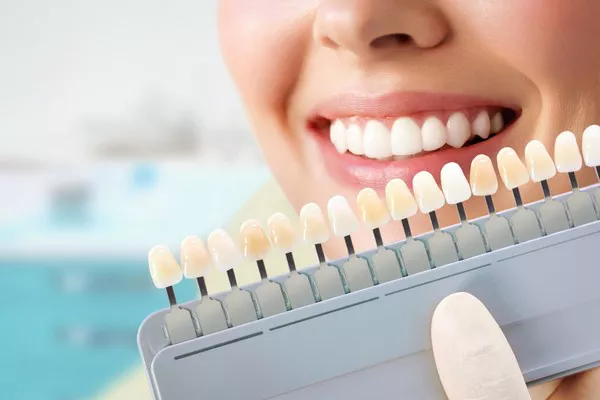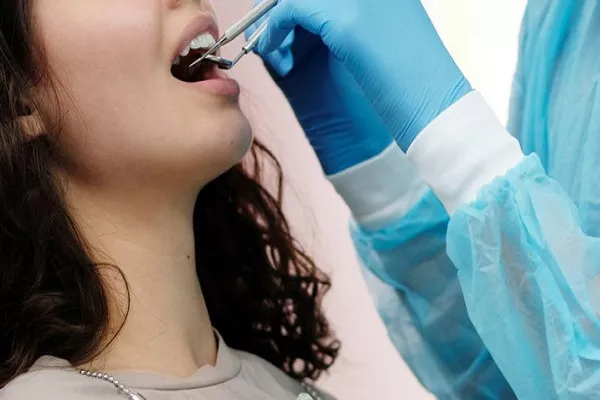Whitening strips have gained popularity as an accessible and convenient method to achieve a brighter smile. However, questions about their proper usage and frequency often arise. If you’re wondering how many times a week you can use whitening strips, you’re not alone. Achieving a dazzling smile while maintaining oral health requires understanding the benefits, potential risks, and recommended guidelines for using whitening strips. In this article, we’ll explore the factors influencing whitening strip usage, the safe frequency of application, and tips to achieve optimal results.
Understanding Whitening Strips
Whitening strips are thin, flexible plastic strips coated with a peroxide-based whitening gel. The gel contains active ingredients that penetrate the enamel, breaking down stains and discolorations. Whitening strips are typically applied to the teeth for a specified period, during which the gel works to lighten the teeth’s shade.
Factors Influencing Whitening Strip Usage
Before determining how often you can use whitening strips, consider the following factors:
1. Peroxide Concentration: Whitening strips come in varying peroxide concentrations. Strips with higher concentrations may require less frequent usage to achieve desired results.
2. Sensitivity: Individuals with sensitive teeth might need to use whitening strips less frequently to avoid discomfort.
3. Tooth Shade: The starting shade of your teeth can influence how often you need to use whitening strips to achieve the desired level of whiteness.
4. Individual Response: People respond differently to whitening treatments. Some may achieve their desired results faster than others.
Safe and Effective Usage
When it comes to how many times a week you can use whitening strips, a general guideline is to follow the manufacturer’s recommendations and consult your dentist. Here are some points to consider:
1. Follow Instructions: Always read and follow the instructions provided by the manufacturer. They will specify the recommended usage frequency and duration.
2. Gradual Approach: Start with a lower frequency of usage, such as using whitening strips every other day, to assess how your teeth respond and to minimize sensitivity.
3. Consult Your Dentist: If you’re unsure about the appropriate frequency for your specific needs, consult your dentist. They can provide personalized guidance based on your oral health and goals.
4. Sensitivity Management: If you experience tooth sensitivity while using whitening strips, reduce the frequency of usage or take a break for a few days. You can also use toothpaste designed for sensitive teeth.
5. Maintenance Phase: Once you’ve achieved your desired level of whiteness, consider using whitening strips less frequently for maintenance.
6. Avoid Overuse: Overusing whitening strips can lead to enamel sensitivity, gum irritation, or even uneven tooth color. Follow the recommended guidelines to avoid these issues.
Tips for Optimal Results
To maximize the effectiveness of whitening strips, consider the following tips:
1. Oral Hygiene: Maintain good oral hygiene by brushing and flossing regularly to remove surface stains.
2. Avoid Staining Foods: During the whitening process, limit consumption of staining foods and beverages like coffee, tea, and red wine.
3. Rinse Thoroughly: After removing whitening strips, rinse your mouth thoroughly to remove any remaining gel.
4. Patience: Achieving your desired results might take time. Be patient and consistent with your usage.
5. Professional Check-up: Schedule regular dental check-ups to monitor your oral health and discuss your whitening goals with your dentist.
Conclusion
Using whitening strips can be an effective way to achieve a brighter smile. However, it’s crucial to use them safely and within the recommended guidelines to avoid potential risks and complications. Factors such as peroxide concentration, sensitivity, and individual response should influence how often you use whitening strips. When in doubt, consult your dentist for personalized advice. By following instructions, gradually approaching the desired shade, and maintaining good oral hygiene practices, you can safely and effectively enhance your smile’s appearance. Remember that a beautiful smile goes hand in hand with maintaining optimal oral health, so prioritize both aspects in your journey toward a brighter and healthier grin.
Related Topics:





























